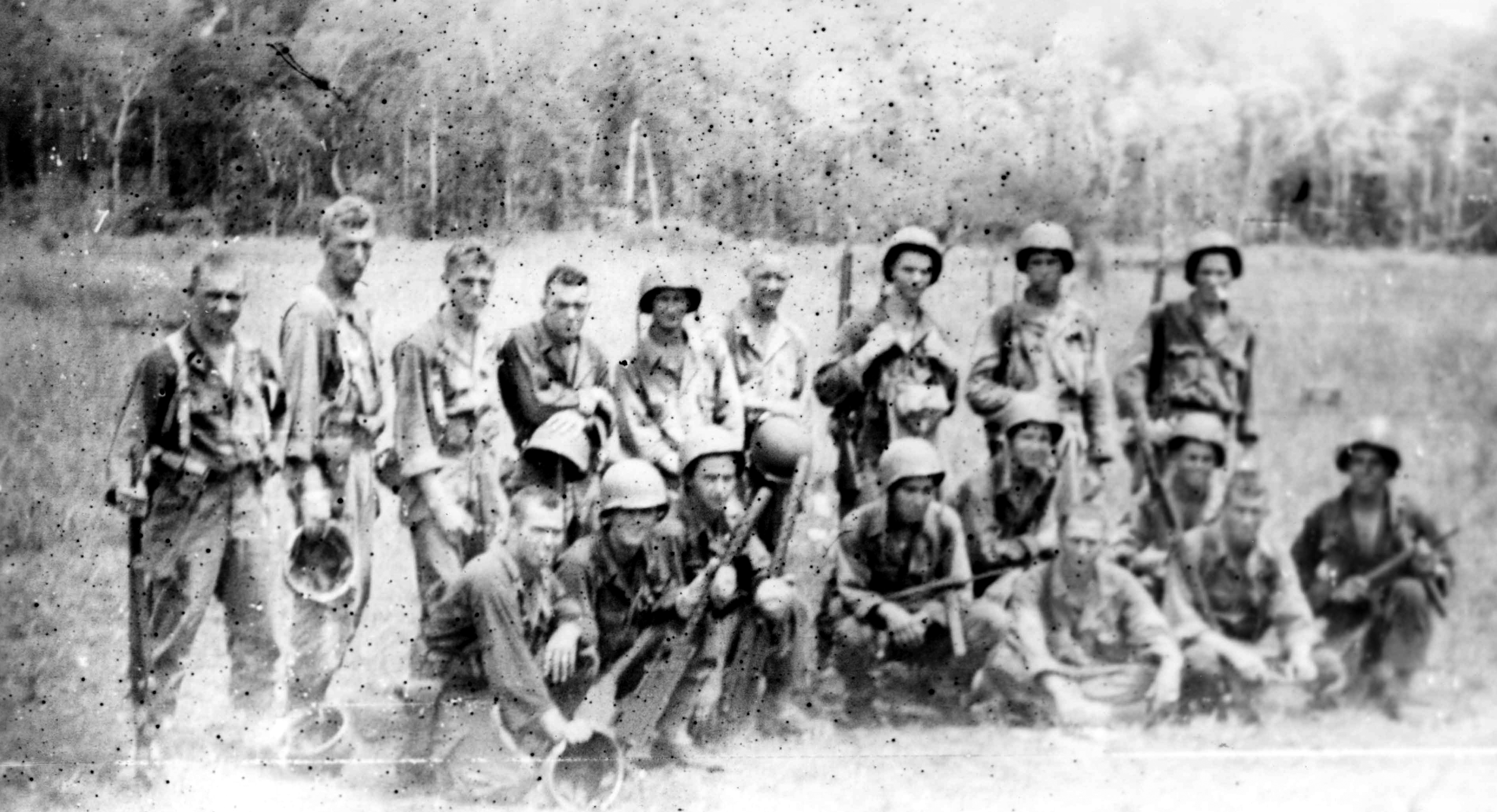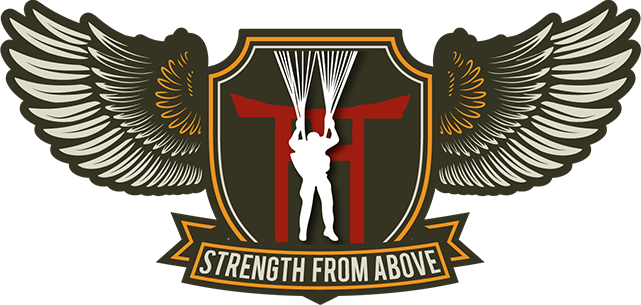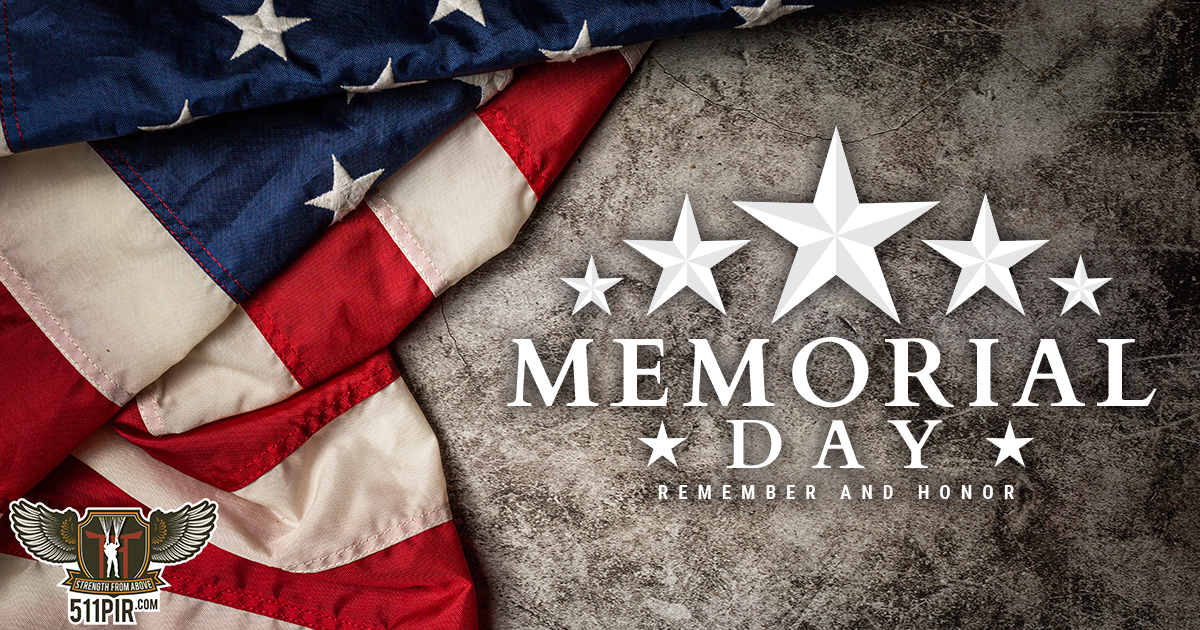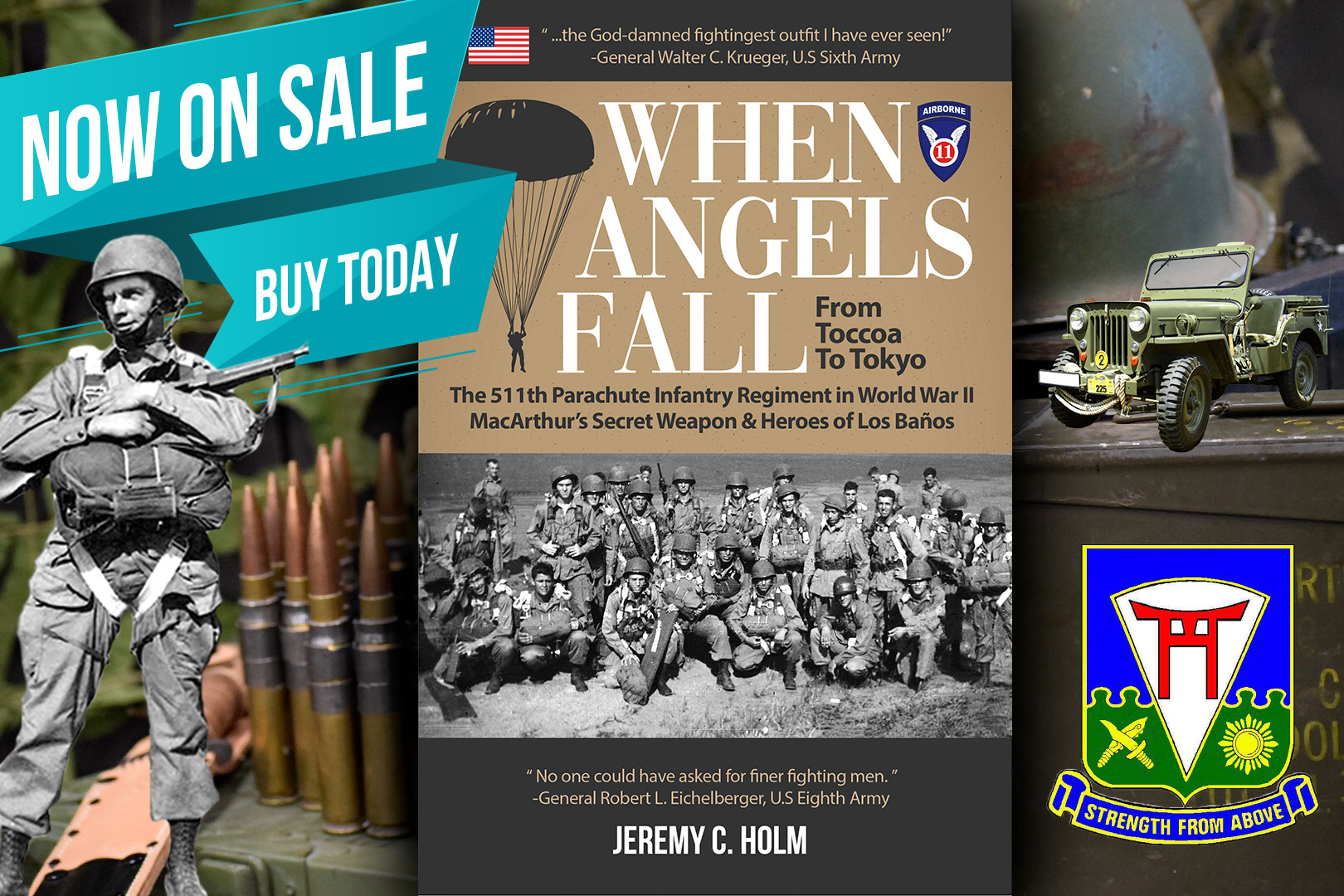Safety & Brown Creek Bridge
 No one knows why the Japanese on Mt. Bijang failed to follow D Company across the crest and down the slope where they could have inflicted even more casualties. D Company, with its 24 wounded and 4 dead, continued their slow leapfrogging down the hill until they were about six hundred yards from the Brown Creek bridge where they could see ambulances and trucks gathered. They also finally saw the MIA I Company, and the battle-worn D Company paratroopers shouted angrily at their comrades. Many in D Company believed that I Company "had pulled out on us!", when in reality CPT Robert Kliewer had been unable to push I Company through the Japanese lines and had done his best to rush down the hill and around to the southern slopes to D Company's hilltop positions.
No one knows why the Japanese on Mt. Bijang failed to follow D Company across the crest and down the slope where they could have inflicted even more casualties. D Company, with its 24 wounded and 4 dead, continued their slow leapfrogging down the hill until they were about six hundred yards from the Brown Creek bridge where they could see ambulances and trucks gathered. They also finally saw the MIA I Company, and the battle-worn D Company paratroopers shouted angrily at their comrades. Many in D Company believed that I Company "had pulled out on us!", when in reality CPT Robert Kliewer had been unable to push I Company through the Japanese lines and had done his best to rush down the hill and around to the southern slopes to D Company's hilltop positions.
Bleeding from his head and shoulder, CPT Cavanaugh met up with CPT Kliewer and together the two, along with MAJ John R. Cook, reported to COL Edward H. Lahti who had personally led the resupply party to the bridge from Sugar Central. Rusty and Bob gave brief reports to "Bid Ed" and MAJ Cook noted that there were confirmed 75 enemy dead on the hilltop. COL Lahti and MAJ both agreed with Cook's later case study of the Mt. Bijang battle: CPT Cavanaugh's "actions and bearing were such as to inspire confidence in his men and promote esprit de corps in his unit."
CPT Cavanaugh, however, wrestled with his own feelings on the engagement. He noted, "I had a feeling of real relief that we had avoided being overrun and sustained a more serious loss of life, but also a feeling of having failed to accomplish our mission."
COL Lahti, however, felt that Rusty had made the right call. D Company had nearly been overwhelmed by the enemy's superior numbers and I Company's inability to join in the hilltop fight as had been planned.
"I felt a great feeling of respect for Colonel Lahti who never questioned my decision," Rusty said years later. "The Company had fought well and there were many heroic acts by many D Company men that day, acts that have never been and will never be fully recognized."
Although he could have been evacuated in an ambulance, Rusty elected to stay with his men and rode with them in the lead truck back to Sugar Central. Arriving around 1800, he reported again to COL Lahti and more than a few Angels stared at Cavanaugh’s helmet with its two freshly punched holes. Big Ed listened quietly as Rusty and CPT Kliewer of I Company recounted their engagements in further detail while medical staff saw to their wounded.
After Lahti dismissed his company commanders, Cavanaugh went to look after his wounded and noted, "The Regimental Aid Station was a busy place when I arrived. There were many with far more serious wounds than my own, so I sat on a stool awaiting..."
After making sure his fourteen wounded men received the attention they needed, Rusty yielded to the surgical staff who initially believed his injuries were severe enough to keep him out of action for awhile. But Cavanaugh had other plans and was soon back at work.
"When the doctor finally treated me," Cavanaugh recalled. "He found that I had two wounds in my shoulder. A grazing wound from a bullet and a puncture wound from which he dug out a small fragment of metal. To this day I’m not sure whether it was a mortar fragment or a small piece from my helmet… The knot on my head was not deemed serious and I left the aid station with my arm in a sling and ready for some rest."
The next day, March 14 (X+42), CPT Cavanaugh went back to check on his wounded men and stopped to visit with his good friend, my grandpa, 1LT Carrico, who awaited medical evacuation and most likely a medical discharge after more than four years in the service. The doctors told Andy that he would live, but that he would struggle with arthritis in later years.
"They were right!" my then-ninety-six-year-old grandpa laughed.
Cavanaugh noted that his XO’s "wounds were quite serious. However, he was anything but depressed and was relieved to be going home." It would be the last time the two friends saw each other until many years after the war. Andy explained that he was flown in a piper cub to the forward hospital at Bilibid Prison where the last of the rescued Los Baños internees were preparing for their trips home.
"I fretted over my comrades left behind," Grandpa remarked. "Needless to say, news from the front was sketchy at best, and of course, no mention was made of the actual battles going on, but I could visualize the hardships they must be going through." It was the love of an Angel for his brothers still fighting in Hell.
And while the official rosters note Grandpa as being "slightly wounded", medic PFC Al Haar, who cared for all the casualties on Mt. Bijang, later noted with some humor, "Andy would probably disagree with this as he spent nine months in the hospital recovering..."
Aftermath
On March 19 (X+47), 1945, six days after D Company’s ordeal on Mt. Bijang, COL Lahti ordered a combined I and F Company patrol to reconnoiter the mountaintop to assess the remaining enemy positions. Joined by Filipino guerillas, the patrol estimated that D Company, with its 95 men, had encountered an enemy position readied for 300 troops with 15 machine gun emplacements and six mortar dugouts. The Japanese lines were laced with interconnecting trenches, fortifications and tunnels and the Angels’ patrol estimated that the positions could have held off a reinforced battalion. Everyone considered D Company lucky to have survived.
 Of the hilltop fight, Cpt. Cavanaugh wrote, "(It) stands out as a day which was the most emotional, demanding, and frustrating of my thirty years in the Army… I have often wondered what the outcome…would have been if I had elected to remain in our positions an hour or so longer."
Of the hilltop fight, Cpt. Cavanaugh wrote, "(It) stands out as a day which was the most emotional, demanding, and frustrating of my thirty years in the Army… I have often wondered what the outcome…would have been if I had elected to remain in our positions an hour or so longer."
Rusty added proudly, "(D Company’s) actions…in the assault of Bijang will always remain in my mind as an example of the great soldiers we had in the 511th. There were many heroic acts by many members of the company, and I wish I could give credit to all of them. It suffices to say that the whole company put up a magnificent fight…"
2nd Battalion’s Executive Officer Maj. John H. Cook added, "The training of the men and officers in Company D was a tribute to all echelons of the entire regiment and particularly to the company officers and noncommissioned officers. Officers were quick to correct mistakes made by their men, and were alert, showed great personal courage, and each by his own example inspired the men under his command. Each order was given within the writer's (Cook's) hearing was quickly and efficiently complied with to the best ability of the recipient."
No wonder General Walter Krueger called D Company and the 511th Parachute Infantry Unit, "the God-damned fightingest outfit I have ever seen!"
If you would like to learn more about the history of the 511th Parachute Infantry Regiment in World War II, please consider purchasing a copy of the book WHEN ANGEL'S FALL: FROM TOCCOA TO TOKYO, THE 511TH PARACHUTE INFANTRY REGIMENT IN WORLD WAR II, available in the regimental online store, on Amazon or wherever military history books are sold.


